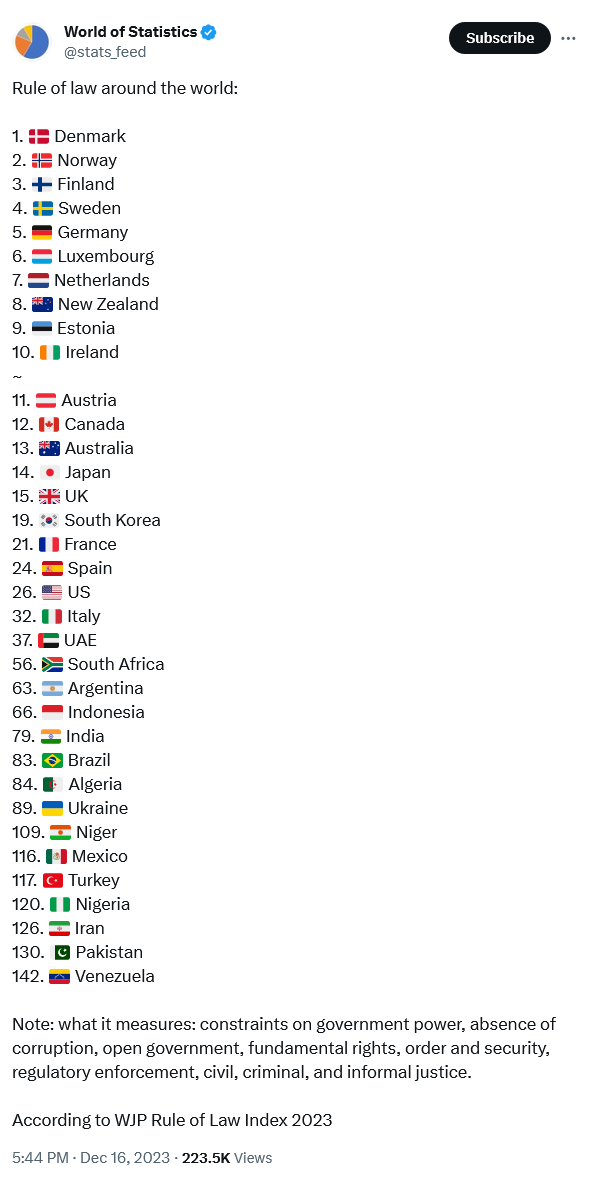A comprehensive guide to oil production countries and OPEC, including a list of all OPEC member countries, their oil production quotas, and their contributions to the global oil market.
#oil #OPEC #energy #economics #worldaffairs
🛢️⛽️🌍💰
Oil is a vital commodity that powers the global economy. The Organization of the Petroleum Exporting Countries (OPEC) is a cartel of 13 oil-producing countries that accounts for over 40% of global oil production. OPEC plays a major role in determining global oil prices and supply.
OPEC Member Countries
The following are the 13 OPEC member countries:
- Algeria
- Angola
- Congo
- Equatorial Guinea
- Gabon
- Iran
- Iraq
- Kuwait
- Libya
- Nigeria
- Saudi Arabia
- United Arab Emirates
- Venezuela
Oil Production Quotas
OPEC member countries have agreed to production quotas in order to regulate the global oil supply and maintain stable prices. The following table shows the current OPEC member country production quotas:
| Country | Production quota (thousands of barrels per day) | |---|---|---| | Algeria | 1,145 | | Angola | 1,283 | | Congo | 333 | | Equatorial Guinea | 126 | | Gabon | 185 | | Iran | 2,800 | | Iraq | 4,659 | | Kuwait | 2,800 | | Libya | 1,200 | | Nigeria | 1,794 | | Saudi Arabia | 10,500 | | United Arab Emirates | 3,121 | | Venezuela | 705 |
Total OPEC production quota: 32,650 thousand barrels per day
Contributions to the Global Oil Market
OPEC member countries play a major role in the global oil market. The following table shows the top 10 oil-producing countries in the world, with OPEC member countries highlighted in bold:
| Rank | Country | Production (thousand barrels per day) |
|---|---|---|
| 1 | United States | 12,317 |
| 2 | Saudi Arabia | 10,500 |
| 3 | Russia | 10,000 |
| 4 Iraq | 4,659 | |
| 5 Canada | 4,375 | |
| 6 United Arab Emirates | 3,121 | |
| 7 Iran | 2,800 | |
| 8 Kuwait | 2,800 | |
| 9 Venezuela | 705 | |
| 10 Nigeria | 1,794 |
As you can see, OPEC member countries account for 7 out of the top 10 oil-producing countries in the world. This gives OPEC a significant amount of power to influence the global oil market.
Conclusion
Oil production countries and OPEC play a major role in the global economy. OPEC member countries control a large share of the world's oil reserves and production, and they play a key role in determining global oil prices and supply.
As we the world continues to face the
worst energy crisis since 1970s and see both energy shortages and
skyrocketing energy prices fuelling record inflation and economic
challenges for many countries, this infographic is very timely to remind
us of the world's largest oil producer.
The US (and not Saudi
Arabia as many might think) is the world's largest producer (18.5% share
in global oil production in 2021) and the largest consumer of oil.
North America has 27% of global oil production, 70% of which comes from
the US.
OPEC accounts for 35% of the world's oil production, with
Saudi Arabia as the world's second largest oil producer (12.2% global
share) as well as the largest oil exporter.
CIS - an
organization of post-Soviet Union countries — contributes 15% of total
production and is led by Russia, the world's third largest producer with
nearly the same global share as Saudi Arabia in 2021.
The top 3
- the U.S., Saudi Arabia, and Russia - made up roughly 43% of the
world’s oil production in 2021, more oil than the rest of the top 10
combined (remaining 7 top countries being Canada, Iraq, China, UAE,
Iran, Brazil and Kuwait).
From Europe (excluding Russia), only
Norway made to the top 15 oil producers list, accounting for 2.3% of
global production. This also explains why Europe leads the world in
energy transition (renewable energy, energy efficiency, EVs, etc) but
also currently suffers significantly (perhaps the most) from the energy
crisis seeking an increase in oil production from the US and OPEC.
Image of OPEC logo
British accent: OPEC is a complex and influential organization, and its impact on the global oil market is significant. Understanding the role of oil production countries and OPEC is essential for understanding the global economy and energy markets.











